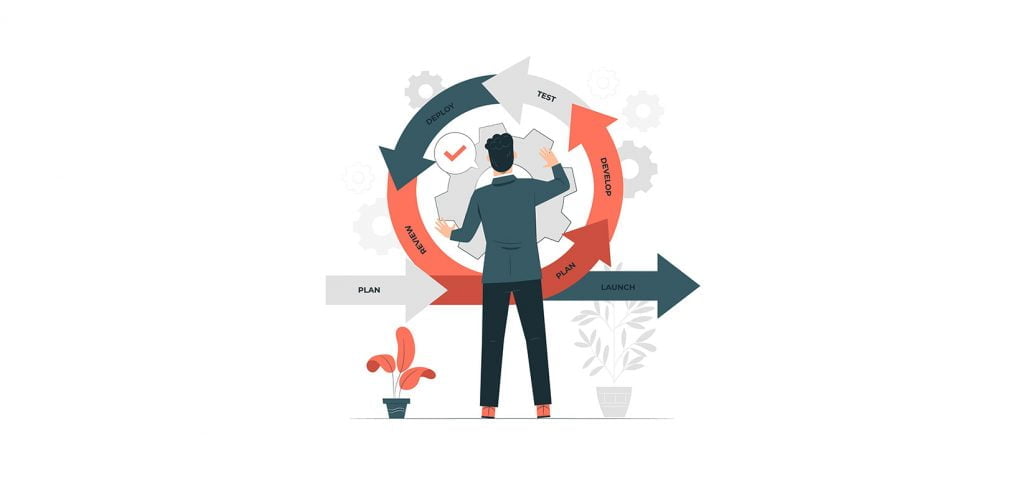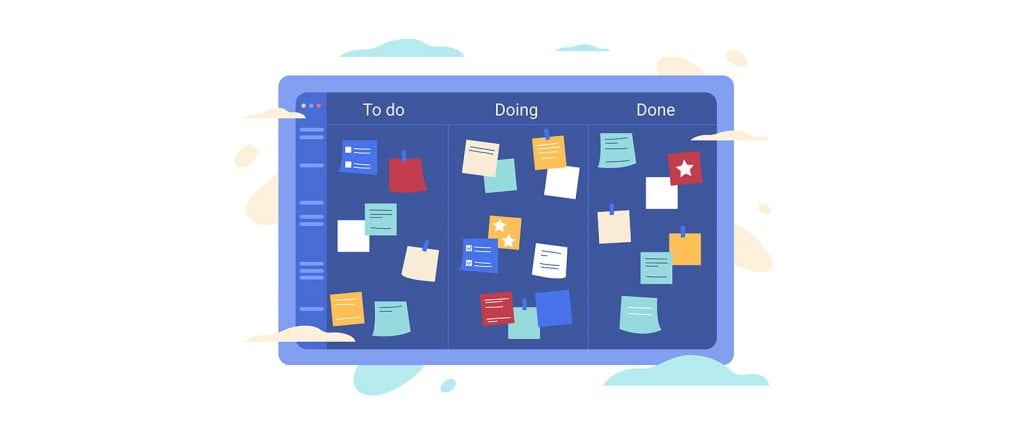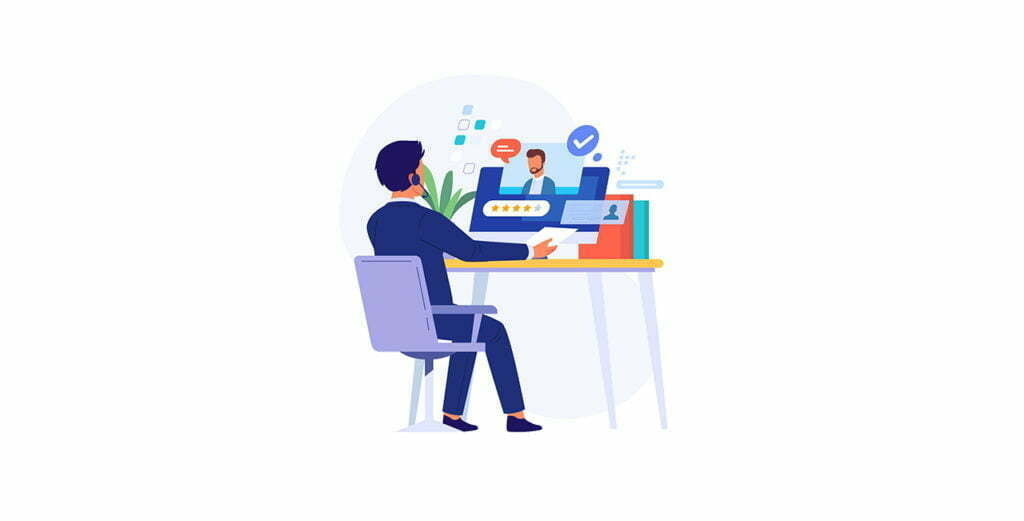Как перейти от джуна к мидлу в IT

Джуниоры и мидлы — два ключевых этапа в карьере любых IT-специалистов. Переход от одной стадии к другой влечет за собой увеличение ответственности, глубины знаний и уровня сложности задач. В этой статье мы рассмотрим, как преодолеть этот переход и успешно продвинуться в своей IT-карьере.
Переход от джуна к мидлу — важный этап в карьере каждого IT-специалиста. Он представляет собой не просто переход на новую ступень, но и расширение кругозора, приобретение новых навыков и возможностей для дальнейшего профессионального роста.
Кто такие джуниоры и мидлы в IT
Джуниоры – это начинающие IT-специалисты, которые только приступили к своей профессиональной деятельности. Они обычно выполняют базовые задачи под руководством более опытных коллег и активно обучаются.
мидлы – это IT-специалисты со средним уровнем квалификации. Они уже имеют опыт работы, могут самостоятельно решать более сложные задачи и даже руководить небольшими проектами или командами.
Сравнение обязанностей джуниоров и мидлов
| Джуниор | мидл | |
|---|---|---|
| Образование и опыт | В процессе или сразу после обучения, небольшой опыт работы | Образование в области IT, опыт работы от 2 лет |
| Обязанности | Базовые задачи под руководством | Самостоятельная работа, руководство небольшими проектами |
| Уровень знаний | Основы технологий и методологий | Глубокие знания в конкретных областях |
Необходимые навыки для перехода от джуна к мидлу
Технические навыки и знания
- Знание языков программирования: глубокое понимание одного или нескольких языков, с которыми вы работаете.
- Опыт работы с фреймворками и инструментами: эффективное использование инструментов, ускоряющих процесс разработки.
- Знание архитектуры ПО и принципов проектирования: разбиение системы на модули, понимание взаимодействия между ними.
- Умение работать с системами контроля версий, например, Git.
- Навыки тестирования и отладки кода.
Мягкие навыки
- Умение работать в команде: эффективное взаимодействие и сотрудничество с коллегами.
- Навыки самоорганизации и управления временем: способность эффективно распределять свои ресурсы и приоритизировать задачи.
- Критическое мышление: способность анализировать информацию, выявлять проблемы и находить для них решения.
- Умение обучаться и адаптироваться: готовность к постоянному обучению и быстрому освоению новых технологий и подходов.
В быстро меняющемся мире IT самообразование и непрерывное обучение — ключевые элементы успешной карьеры. Постоянное развитие и углубление своих технических навыков, а также развитие мягких навыков, помогут вам стать эффективным специалистом и успешно сделать переход от джуниора к мидлу. Используйте современные онлайн курсы для совершения своих хард- и софт-скиллов.
Планирование карьерного роста
Чтобы успешно сделать переход от джуниора к мидлу, важно ясно представлять, чего вы хотите достичь. Определите свои карьерные цели и сделайте оценку текущих навыков и знаний. Это поможет определить, над чем вам нужно работать.
Создание и выполнение плана обучения и развития
- Определите навыки и знания, которые вам необходимы для достижения целей.
- Создайте план обучения, включая курсы, тренинги, самостоятельное изучение материалов, практическую работу и т.д.
- Следите за своим прогрессом и адаптируйте план по мере необходимости.
Менторство и наставничество могут играть ключевую роль в вашем профессиональном росте. Работа с более опытным коллегой или наставником может ускорить ваше обучение и помочь вам избежать типичных ошибок.
Преодоление препятствий и вызовов
Часто встречающиеся трудности при переходе от джуна к мидлу
- Сложность усвоения большого количества информации.
- Необходимость работы над более сложными задачами и проектами.
- Ответственность за более важные задачи и проекты.
- Необходимость балансировать между текущими задачами и самообразованием.
Советы и стратегии для их преодоления
- Организуйте свое время и ресурсы: планируйте время для обучения и работы, управляйте своей энергией и вниманием.
- Не бойтесь просить помощи: если столкнулись с проблемой, обратитесь к коллегам или наставнику.
- Признавайте свои успехи: празднуйте свои достижения, как маленькие, так и большие, это поможет вам сохранить мотивацию.
- Не бойтесь ошибок: они являются важной частью обучения и роста.
Истории успеха из моего опыта
№1: Екатерина, Full-Stack Developer
Екатерина начала свою карьеру в IT как джуниор-разработчик в небольшом стартапе. Начальный период был сложным, так как она столкнулась с необходимостью быстро усваивать большое количество новой информации и учиться на ходу. Однако, Екатерина поняла, что самообразование и непрерывное развитие являются ключевыми факторами успеха в ее карьере. Она стала уделять время на обучение вне рабочего времени, изучая новые технологии, углубляя свои навыки и практикуясь в решении реальных задач.
За два года Екатерина успешно прошла путь от джуниора до мидл-разработчика, став ключевым членом своей команды. Ее история показывает, что постоянное обучение и стремление к развитию являются основными ингредиентами успеха в IT.
№2: Алексей, Front-End Developer
Алексей начинал свою карьеру в сфере IT без технического образования, что добавило ему вызовов в начале пути. Однако, он не позволил этому стать препятствием для его карьерного роста. Алексей активно использовал онлайн-ресурсы и курсы для обучения, и смог найти работу в компании как джуниор front-end разработчик.
Он столкнулся с многими сложностями, но вместо того, чтобы сдаться, он использовал их как возможность для обучения. Он считает, что главным ключом к его успеху стала его способность адаптироваться и учиться на своих ошибках. Теперь Алексей успешный мидл-разработчик и наставник для джуниоров в своей команде.
Обе эти истории подтверждают, что переход от джуниора к мидлу достижим, и предлагают полезные стратегии для преодоления трудностей, такие как активное самообучение, адаптация и умение учиться на своих ошибках.
Заключение
Переход от джуниора к мидлу в IT требует усилий, постоянного обучения и развития. Это путь, который требует упорства, планирования и внимания к деталям, но который, в конечном итоге, принесет вам новые возможности и удовлетворение от достижения своих целей.
Старайтесь, учитесь, не бойтесь ошибок и сложностей. Будьте уверены, что ваши усилия и стремление к обучению обязательно вознаградятся. Помните, что каждый шаг, который вы делаете сегодня, является инвестицией в ваше будущее.






Комментарии